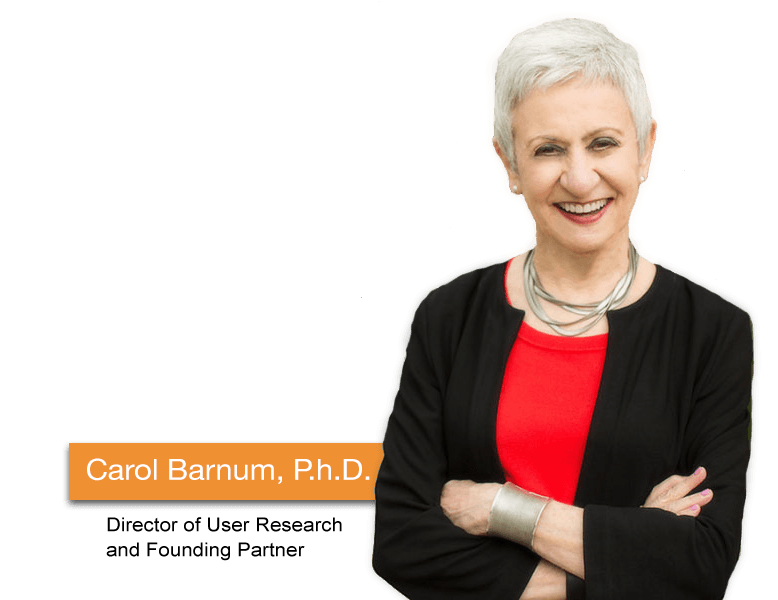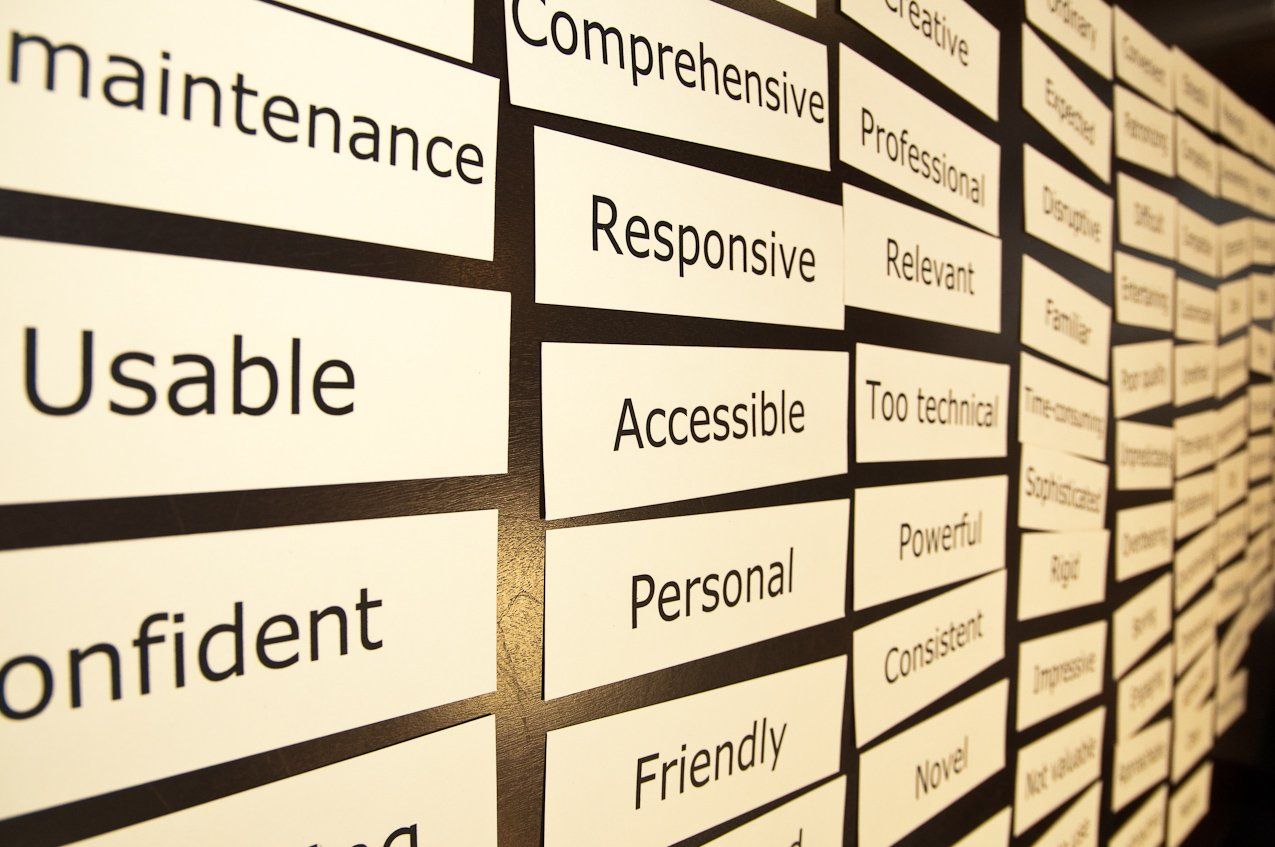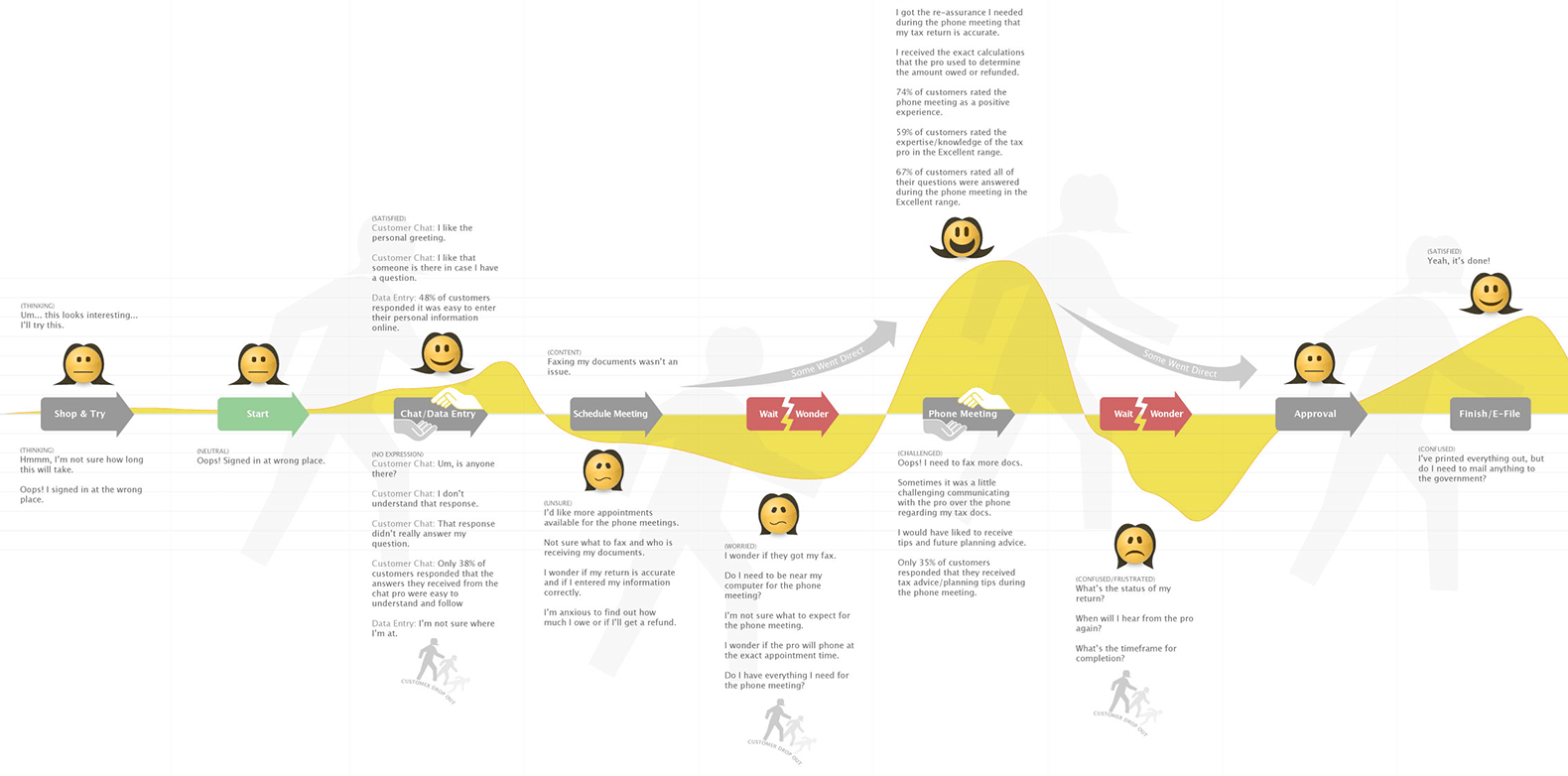UX Research Tools: How to Pick the Right One for your Project
What tools do UX researchers use?
UX researchers have a lot of tools to choose from when it comes to doing research to understand user experience.
So, how do you pick the right tool for your project? The choice will generally come down to time, budget, and resources. In this article, I’ll review some of the most frequently used UX tools to guide you in making the right choice for your next UX research project.
Usability testing
Usability testing is the activity of engaging your users—one at a time—in pursuit of their goals with your product and learning what works, what pleases, and what frustrates them by observing and listening to them as they think out loud.
If you could pick just one tool, the best choice is often usability testing.
Why? Because nothing can take the place of learning directly from your users while they are using your product to do real tasks matched to their goals.
Usability testing scales to fit your budget and timeline
Usability testing is a highly flexible tool. It can be scaled to fit the size of your budget and your timeline for getting results. It can be conducted in person or remotely in one-on-one sessions of variable length (15 minutes to an hour are typical session lengths).
In person testing is called moderated usability testing, whether the moderator is in the same room at the same time as the participant or in a remote location.
If usability testing is done without a moderator, it is called unmoderated usability testing, because the participant does the session without any engagement with a moderator. Instead, the participant is guided by a task list and prompted to think out loud and answer questions about their experience. The session recording is then available for the team to review after the session ends.
What you need for user testing:
- For moderated testing sessions:
- A plan for testing, which includes the moderator’s guide and a detailed screener for participant recruiting
- A plan for recruiting (do it yourself or hire a recruiting company), using the screener to find and schedule your participants
- A moderator to engage with the participant using the moderator's guide
- A logger to take notes for post-test discussion and analysis
- For remote in-person sessions, screen sharing/recording software like Zoom or Teams
- For unmoderated testing sessions:
- A testing platform like UserTesting or Loop11
- Screener questions to identify your target user, which the platform will then recruit for the study
- A task list for each session, typically 20 – 40 minutes long, depending on the platform chosen
- Post-task and post-test questions
Expert review
As the name implies, expert review is a review of your product by a usability expert. It is also sometimes called heuristic evaluation, especially when the review is conducted using a set of heuristics—or “rules of thumb” for good usability practice. Jacob’s Nielsen’s 10 heuristics are often used and adapted for websites or other interfaces.
Expert review can be done right away
Expert review is a popular tool in the UX toolkit because it can be done almost at a moment’s notice if a UX expert is available.
The goal of an expert review is to identify violations of good UX practice. Once identified, these violations can be addressed and fixed before the product gets put in front of users.
What you need for an expert review:
- One or more UX experts to inspect the interface
- A set of UX guidelines or heuristics that each expert will use, formally or informally, to identify UX violations
- A plan to collate the findings and prioritize the results
An expert review is a good tool to use to clean up the
interface, but it is no substitute for testing with real users.

Diary Study
How do you learn what happens with your product over time—days or weeks after its first use? A diary study is the UX tool best suited for this.
A diary study takes days or weeks
A diary study engages users in their daily activities, reporting at intervals on their use of your product in the context of their situation. A diary study is also called a "longitudinal study," because it takes place over a period of days or weeks.
With the passage of time in a diary study, you learn how the user gets to know your product, trying out more features as they become comfortable with the basic features, and reporting on their experience.
What you need for a diary study:
- A plan of activities for users to engage with your product over the period of the study
- Incentives delivered at intervals in the study to encourage continued participation to the end of the study
- A platform for participants to upload comments, videos, photos, and other relevant feedback
You can set up a diary study on your own, including recruiting the participants, or you can hire a UX research company to do the study for you.
You can also use a software platform like Dscout, which specializes in recruiting participants and conducting diary studies.

Ethnography
Ethnographic research is the study of people in their environment, which might be their home, their workplace, or any other place in which they will engage with your product. Ethnographic studies are also called "contextual inquiry," because you are learning about users in the context of their own world.
Ethnography puts you where your users are
Studying people in their environment tells you what constraints they experience and what impact the environment has on their use of your product. Getting out of the artificial nature of a usability lab situation and into the real world where your users are using your product provides invaluable insights into their experience.
What you need for ethnography:
- A plan for the site visit to include a script of information and questions that can be modified as the situation dictates.
- Two researchers, especially if you are conducting the study in someone’s home. One researcher will take notes and one will facilitate the session.
- A video camera (or phone camera) if permission is received to record the session or take photographs.

Budget, Time, and Other Considerations
If your budget is small, start with a small usability test. Five users is enough to get you started and to learn a great deal about your product.
If your timeline is short, do an expert review and then plan for a usability test in the next phase of development or budget.
If you have enough budget to use several research tools, consider this approach:
- At any stage in development—the earlier the better—conduct one or more small usability tests, building improvements into the product as you iterate product design and testing throughout the development cycle.
- If your product is in an early stage of development, consider a card sorting study to understand users’ expectations for grouping items into categories.
- If your product is close to launch or already launched and you don’t have any UX research, conduct an expert review to identify issues to address in the next release of the product.
- If your product is launched (or in pre-launch), conduct a diary study to learn your users’ experience over time.
- If you want to get responses from a large number of respondents to generate quantitative findings, consider a survey, which you can deliver to respondents electronically via a link or by using a survey platform such as Qualtrics or SurveyMonkey.
- If your product is in the requirements-gathering stages, conduct focus groups to get users’ perceptions of the product and their interest in it.
- If you have an ecommerce website, conduct usability testing to focus on calls to action (CTAs), the shopping cart experience, and users’ reasons for abandoning the site at any point.
- If you have a medical device that you want to bring to market, conduct small formative usability testing studies during product development, iterate on the design, then conduct human factors validation testing to provide the research required for FDA clearance for 510(k) and De Novo pre-market submissions
Want more practical insights? Check out these blogs.

Carol Barnum
Carol brings her academic background and years of teaching and research to her work with clients to deliver the best research approaches that have proven to produce practical solutions. Carol’s many publications (6 books and more than 50 articles) have made a substantial contribution to the body of knowledge in the UX field. The 2nd edition of her award-winning handbook Usability Testing Essentials is now available.





